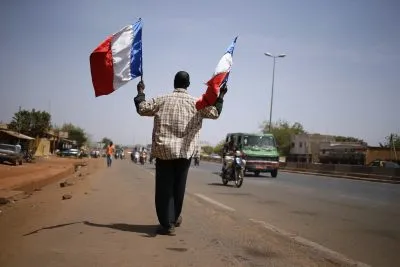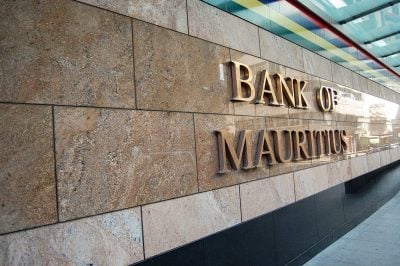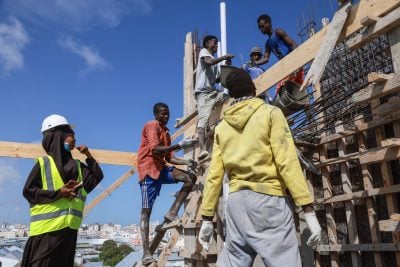Democratic Republic of Congo (DRC) oil minister Didier Budimbu Ntubuanga has awarded three licences to extract methane trapped at the bottom of the 480m deep Lake Kivu – which lies on the border between the DRC and Rwanda – to Canadian and American energy companies.
New-York based Symbion Power – the original developer of two out of the three existing Rwanda-based biogas projects taking place in Kivu – says it will use its licence to build a 60 MW gas-to-electricity project at a cost of at least $300m, according to CEO Paul Hinks. Electricity from the new DRC project will be distributed to Goma, the capital of DRC’s North Kivu province, by the Congolese company Socodee.
Symbion started construction in the Rwandan part of Lake Kivu in 2008 but sold its stakes in the two projects (with a combined projected output of 82MW) to Rwandan company Shema Power Lake Kivu in 2019.
The company is now increasingly investing in the DRC energy system. In December, at the US-Africa Business Forum, the company announced a partnership with California-based hydropower developer Natel Energy to install hydro turbines in the first of 33 potential projects in DRC.
The project, called MyHydro, is expected to unlock at least 150 MW of hydropower and will start with the installation of four turbines in the Lubi River, near Mbuji-Mayi in Kasai Province.
The licences for the two other gas blocks on the lake were awarded to Winds Exploration and Production LLC of the US and Canada-based Alfajiri Energy.
Lake Kivu’s vast potential
The lake is estimated to hold enough methane to produce 700MW of electricity over more than 50 years, but only a fraction is currently exploited on the Rwandan side.
A London-based company, ContourGlobal, operates a $200m methane-to-electricity facility in the lake under a 25-year concession and power purchase agreements with the Rwandan government, providing the country’s national grid with 26 MW.
By allocating the licences the DRC aims to follow Rwanda by tapping into this potential.
While the rate of access to electricity in the DRC increased from 12% to 19% between 2010 and 2020, in Rwanda it grew from less than 10% to 46%. The new explorations could expand DRC’s access to energy from 19% of the population to 32% by 2030.
Although Rwanda and DRC signed an agreement in 1975 for the joint exploitation of the lake’s gas, relatively little progress has been made.
Environmental concerns
A high level of technical skill is required on the projects: companies have to carefully pump up deep water from which the methane bubbles out, before it is purified and pumped to an onshore power plant.
Such extraction also comes with environmental concerns. The degassed water, which is then returned to the lake, contains high levels of nutrients and toxic hydrogen sulfite, which could kill fish and lead to harmful algal blooms, potentially threatening the local fishing industry.
“Diluting the resource layer with degassed water might lower gas concentrations enough that commercial extraction would no longer be possible,” says science journalist Nicola Jones in a paper for Nature.
None of the preferred bidders for the exploitation of the DRC part of the lake has yet disclosed their modes of operation.
Want to continue reading? Subscribe today.
You've read all your free articles for this month! Subscribe now to enjoy full access to our content.
Digital Monthly
£8.00 / month
Receive full unlimited access to our articles, opinions, podcasts and more.
Digital Yearly
£70.00 / year
Our best value offer - save £26 and gain access to all of our digital content for an entire year!
 Sign in with Google
Sign in with Google 



